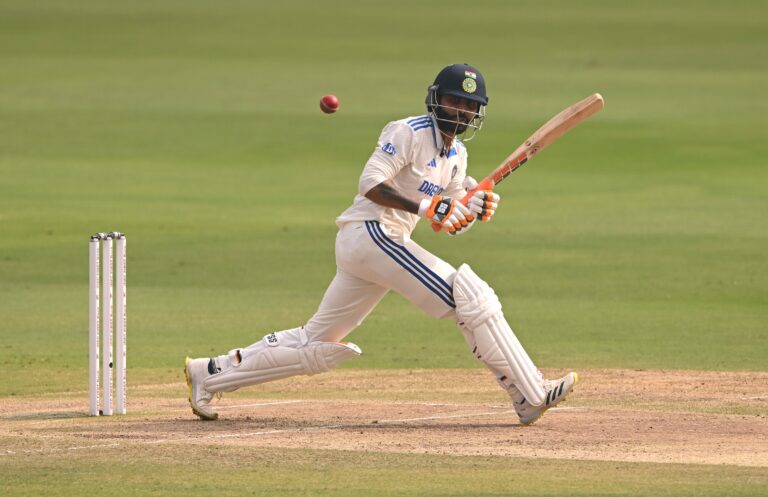Cricket’s Contribution to Intangible Cultural Heritage
Cricbet99, Apbook:Cricket’s origins date back to the 16th century, making it one of the oldest team sports with a rich historical legacy. Initially played in England, the sport quickly gained popularity across the British Empire and beyond. Its historical significance lies in its role as a symbol of camaraderie, competition, and national pride.
Through the centuries, cricket has transcended borders and brought together people from diverse cultures and backgrounds. The sport’s historical significance is evident in the way it has been embraced by different societies, becoming a unifying force that fosters a sense of community and belonging. As cricket evolved, it became more than just a game it became a reflection of the values and traditions of the societies that embraced it.
Evolution of Cricket as a Cultural Tradition
Cricket has seamlessly woven itself into the cultural fabric of many societies around the world. From the packed stadiums in India to the village greens in England, the sport has transcended boundaries and brought communities together through a shared love for the game. Through its rich history and traditions, cricket has become more than just a sport; it symbolizes camaraderie, sportsmanship, and national pride for many nations.
The evolution of cricket as a cultural tradition can be traced back to its roots in England during the 16th century. What started as a leisurely pastime for the aristocracy has now become a global phenomenon that unites people from diverse backgrounds. The customs and rituals associated with cricket, such as tea breaks during a match or players wearing traditional whites, have become ingrained in the sport’s identity and are celebrated as cherished cultural practices.
Impact of Cricket on Social Cohesion
Cricket has long been revered for its ability to bring people together across diverse backgrounds. The sport’s unique blend of competitiveness and camaraderie fosters a sense of unity that transcends barriers of age, gender, and ethnicity. As players and spectators alike come together to appreciate the skill and strategy involved in the game, a shared sense of purpose and belonging is cultivated within cricketing communities.
The unifying power of cricket extends beyond the boundaries of the playing field, influencing social dynamics on a broader scale. Through local leagues, national tournaments, and international competitions, cricket serves as a common ground where individuals can connect, communicate, and collaborate towards a shared goal. This collective spirit not only promotes cohesion within communities but also bridges gaps between different groups, fostering mutual understanding and respect among diverse participants.
How has cricket historically impacted social cohesion?
Cricket has a long history of bringing people together, transcending social divides and creating a sense of unity among individuals.
Why is cricket considered a cultural tradition?
Cricket has become ingrained in the cultural fabric of many societies, with traditions, rituals, and values associated with the sport.
How does cricket contribute to social cohesion?
Cricket fosters a sense of community and belonging, providing a platform for individuals of diverse backgrounds to come together and bond over a shared love for the sport.
In what ways does cricket promote inclusivity and diversity?
Cricket has the power to break down barriers and promote inclusivity by creating opportunities for individuals from different backgrounds to engage with each other on an equal playing field.
Can cricket help build bridges between communities?
Yes, cricket has the ability to bridge divides and promote understanding between communities, fostering a sense of camaraderie and solidarity among individuals.






